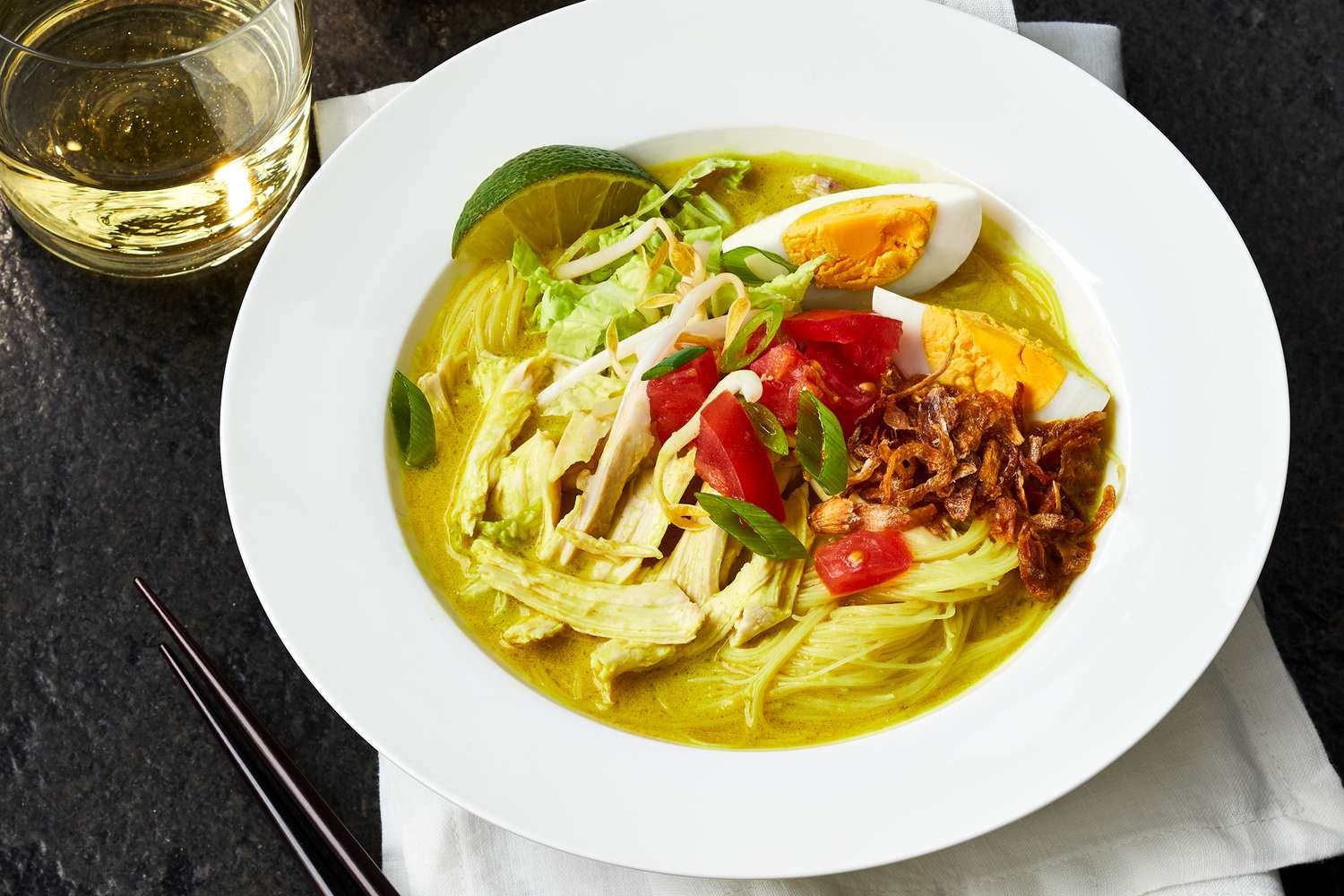postphx.com – Soto, a beloved traditional Indonesian soup, is a culinary treasure that reflects the rich diversity and cultural heritage of Indonesia. Known for its flavorful broth and variety of ingredients, Soto is a staple in many Indonesian households and can be found in different regional variations across the archipelago. This article explores the origins, ingredients, and cultural significance of this hearty dish.
Origins and History
Soto has a long history in Indonesia, believed to have originated from the Javanese word “sroto” or “coto,” which means soup. The dish has been influenced by various cultures, including Chinese, Indian, and Middle Eastern, resulting in a unique fusion of flavors and ingredients. Each region in Indonesia has developed its own version of Soto, incorporating local ingredients and cooking techniques.
Ingredients
The beauty of Soto lies in its versatility and the wide array of ingredients that can be used. The basic components of Soto include a flavorful broth, typically made from chicken, beef, or goat, and infused with aromatic spices such as lemongrass, turmeric, ginger, and garlic. Common additions to the soup include rice or rice noodles, boiled eggs, shredded chicken or beef, bean sprouts, fried shallots, and lime wedges. The dish is often garnished with fresh herbs like cilantro or scallions, adding a burst of freshness to every bite.
Variations Across Indonesia
Soto comes in many regional variations, each with its own distinct taste and presentation:
- Soto Ayam: This is the most popular version of Soto, made with chicken broth and served with boiled eggs, vermicelli noodles, and a sprinkle of fried shallots. It is often enjoyed with a side of rice and sambal (chili paste) for added heat.
- Soto Betawi: Originating from Jakarta, Soto Betawi is characterized by its creamy, coconut milk-based broth, making it rich and indulgent. It typically contains beef or offal, potatoes, and tomatoes.
- Soto Madura: Hailing from Madura Island, this version is known for its clear, spicy broth and generous use of turmeric, giving it a vibrant yellow color. It usually includes beef and offal, served with rice cakes or lontong.
- Coto Makassar: A specialty of South Sulawesi, Coto Makassar is made with beef and innards, simmered in a broth seasoned with peanuts, spices, and fermented soybeans. It is traditionally served with ketupat (rice cakes).
Cultural Significance
Soto is more than just a dish in Indonesia; it is a symbol of comfort and community. It is often served at family gatherings, celebrations, and even street food stalls, bringing people together over a shared love of good food. The regional variations of Soto reflect the diverse cultural landscape of Indonesia, with each version offering a unique taste of local traditions and flavors.
Conclusion
Soto is a testament to the rich culinary heritage of Indonesia, showcasing the country’s ability to blend diverse influences and ingredients into a harmonious and delicious dish. Whether enjoyed in a bustling street market or a cozy home kitchen, Soto continues to be a cherished part of Indonesian culture, warming the hearts and stomachs of those who savor it.
